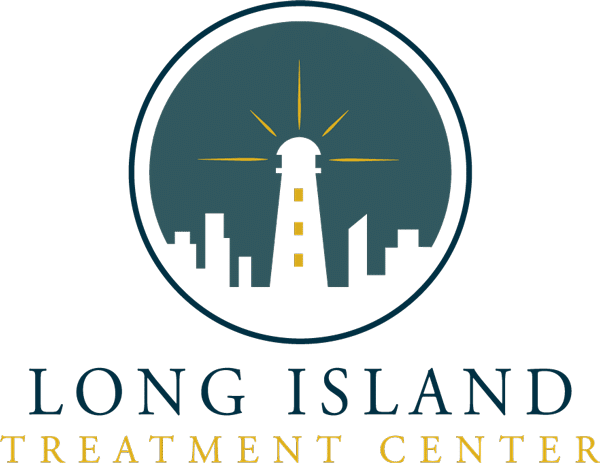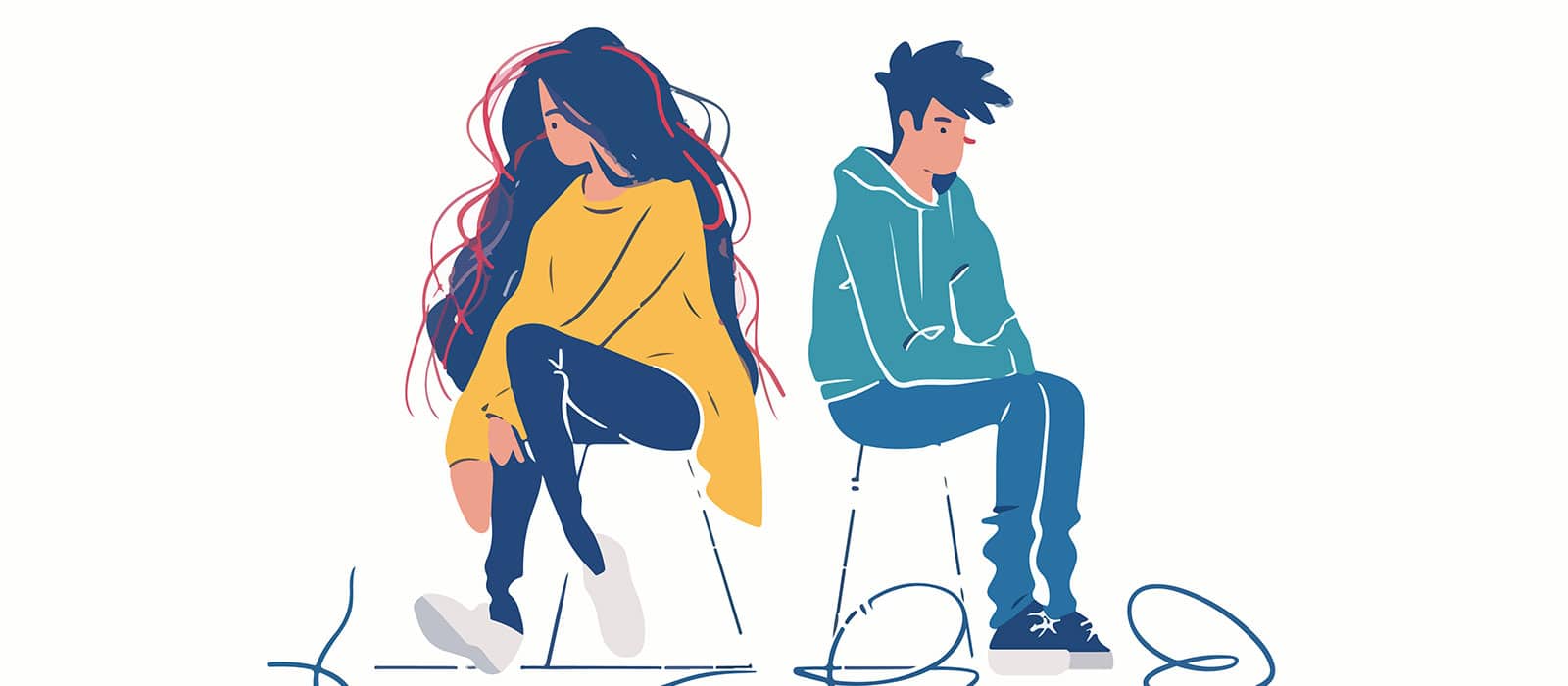Watching a loved one struggle with drug abuse can be incredibly painful. You find yourself desperately wanting to help and ready to do whatever it takes to ease their pain.
But have you ever wondered if your efforts might be unintentionally enabling their addiction or worsening the problem?
In fact, substance abuse can put a lot of strain on relationships, which causes mental health issues and patterns to arise. Two of the most common issues associated with these problems are codependency and enabling.
In today’s guide, we’ll take an in-depth look at these issues in the context of substance use disorder to help you recognize their signs, understand their impact, and break free from these destructive cycles.
Table of Contents
A Comprehensive Overview of Codependency and How It Works
As previously established, substance abuse can wreak havoc on not just the user, but also those close to them.
In many cases, family members or partners end up developing unhealthy coping mechanisms in response to the addiction, and codependency is one of the most popular of them.
Simply put, codependency is a psychological pattern where your well-being, thoughts, and feelings become intertwined with someone else’s.
In that case, you end up prioritizing their desires, even when it means neglecting your own needs. This can manifest in destructive behaviors where you end up supporting their drug use, even if it goes against your better judgment.
While these actions often stem from love and a desire to see them happy, they can ultimately hinder their recovery and damage your and their health, whether psychologically or physiologically.
How Codependency Develops
In its simplest form, codependency is a form of coping mechanism, so it typically develops due to various factors, ranging from personal to environmental ones.
For instance, a person who grew up in an environment where addiction was a problem may learn to avoid conflict or gain approval by ignoring or even supporting drug use.
This can lead to difficulty establishing healthy boundaries in adulthood when they become caretakers.
Other people, especially spouses, and significant others, may suffer from insecurities about the possibility of losing their partners if they stand in the way of their drug abuse. Of course, other factors may also lead to these codependent relationships, such as:
- Low self-esteem and diminished sensation of self-worth
- Exposure to traumas and experiencing loss
- Ignoring self-care and self-love
- Engaging in a toxic or unhealthy relationship
- Poor supervision as a caregiver
- Lack of awareness of the dangers of substance abuse. This is common in alcohol addiction where people downplay the seriousness of the condition despite being as serious as other types of addiction.
What Are the Characteristics of Codependency?
A codependent person can manifest their behavior in a wide range of ways. Here’s a quick look at some of the most common codependent behaviors to look out for:
Difficulty Setting Boundaries
Codependency often involves impaired boundaries. In other words, it’s quite difficult for a codependent person to simply say “No”.
This stems from the core fear among codependent people of being alone or rejected, so they end up agreeing to conditions and situations that involve drug use, but more about that in the following sections.
Poor Emotional Regulation
People with codependency often have trouble expressing their true feelings or intentions, especially negative ones like anger, sadness, or frustration.
This can be due to a fear of upsetting others or a belief that their needs are not as important as others.
As a result, they end up bottling up their emotions which complicates the ability to communicate clearly.
Loss of Personal Identity
People in codependent relationships often prioritize their partner’s happiness and well-being above all else.
As a result, they end up neglecting their own interests, hobbies, and activities even if it used to bring them joy and fulfillment. They may even stop spending time with friends and family outside of the relationship or abandon interests they used to enjoy.
With the progression of time, their identity becomes intertwined with their partner’s, leaving them feeling incomplete or lost without their presence or approval.
Poor Accountability and Excessive Defensiveness
People with codependency might become overly defensive when their enabling behavior or the relationship is questioned. This defensiveness stems from their fear of abandonment and need to feel validated by those they’re attached to.
The Cycle of Codependency and Enabling
Enabling is simply the most common form of codependency, especially when your loved one is struggling with substance abuse
It refers to the behaviors that end up supporting someone else’s unhealthy or self-destructive habits.
The most important factor here is that enabling almost never results from bad intentions. If anything, people with enabling tendencies have a deep desire to help their loved ones, but they don’t use the right approach to manifest their desires.
Examples and Signs of Enabling Behavior
One of the most concerning aspects of codependency is the tendency to dismiss or ignore obvious signs of addiction in a loved one.
For instance, they might downplay their loved one’s addiction, especially in the case of alcohol use disorder. They would also use common excuses for their substance use.
Although it might be quite obvious to others, their good intentions can blur their assessment of the situation, thinking that they’re protecting them by denying their problems.
Here are some other key signs that indicate enabling behaviors:
- Letting them continue using drugs so they remain in a “good mood” or to avoid arguments
- Lying to employers or family members about your loved one’s withdrawal from social or professional commitments.
- Calling in sick for them or explaining away missed obligations due to substance abuse.
- Taking the blame for their actions to protect them from consequences.
- Taking over any of the responsibilities they drop due to substance abuse.
- Bailing them out financially whether by lending them money to buy drugs or supporting them financially when they quit their job.
- Avoiding directly confronting your loved ones for their substance abuse problems and their consequences.
How to Break Free from the Cycle of Codependency and Enabling
Codependency and enabling behaviors create a toxic cycle that will keep growing bigger as long as you don’t do anything about it.
However, there are some key steps a codependent person needs to do to break free from this cycle. Here’s a quick look at them:
- Reflect on your behaviors and actions to understand the current situation.
- Seek professional help from a qualified therapist to learn more about the ideal method to set healthy boundaries and where to draw the line in a relationship.
- Learn to let go of the need to control the other person’s behavior while still wishing them well.
- Acknowledge the current situation and consult a professional about starting addiction treatment for your loved one.
- Attend family therapy sessions to learn to express your needs and concerns assertively without resorting to blame or defensiveness. This could be a part of the addiction treatment program for your loved one, which often includes family counseling and group therapy.
- In some cases, you might have to be a little assertive and set up an intervention for your loved one
Final Thoughts
Codependency and enabling are extremely destructive behaviors that won’t yield any fruitful results, as they leave both parties unfulfilled and put the lives of your loved ones in danger.
If you suspect any of the signs above or your loved ones are struggling with drug addiction in New York, you’re not alone! Contact Long Island Treatment Center now to receive professional guidance from qualified experts in complete confidentiality.


